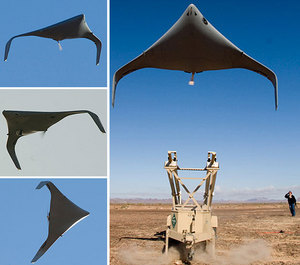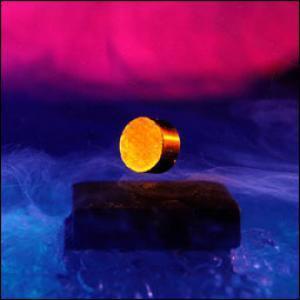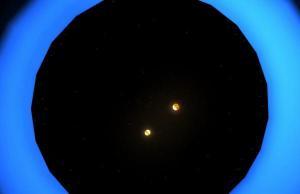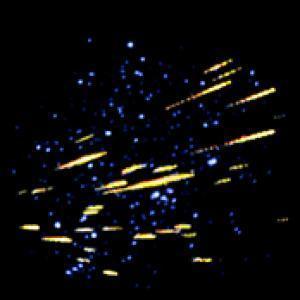And you thought the Air Force's bidding war on tankers
was ugly. As the U.S. Navy and Marine Corps look to increase their fleets of small, unmanned aircraft that can serve as communication relays and sensor platforms, they're seeing contenders in the fight over which company gets to build them.
Boeing, which is protesting its $35 billion loss to Airbus parent EADS on a refueling plane contract, currently has a lock on small, portable Marine and Navy UAVs used for recon missions. The company's ScanEagle first placed into Marine hands four years ago, when the Pentagon decided that they were vital for combat in Iraq and Afghanistan. A year later the Navy purchased more to provide over-the-horizon monitoring of oil platforms and suspicious ships. (A nearly identical ScanEagle model is making its way into U.S. police departments.) To cover these purchases, the Pentagon crafted a non-competitive order - permitted when an item is designated as an "urgent operational requirement" - with Boeing and aerospace design firm Insitu, in July 2004.

|
| ©Raytheon Co
|
| Killer Bee UAV
|





